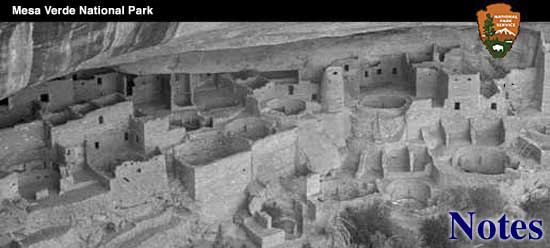

|
Then the fruit (tunas) is eaten, it is impaled upon a wooden shower, the spines are cut off and the fruit is then eaten fresh or it may be cooked. The fruit may also be dried and then cooked when desired. When being dried4 sugar seeps out through the rind and crystallizes on the outside of the fruit. The fruit remains somewhat moist in the center and has the same consistency of fresh dates. Pauline Mead5, also states that when the Papago Indians of Southern Arizona wish to make syrup from the fruit of the big-jointed prickly pears, which would include our O. phasacantha, they boil the fruit for several hours and then squeeze the juice out of it. The juice is then poured into wooden troughs stirred with wooden paddles until cool, and then stored away in earthen-ware jars. It will not crystallize out until about two years have elapsed. To make candy the juice is taken, when cooled enough to be sufficiently congealed, and kneaded by throwing lumps of it down on a stone slab a hundred times or so. The so-called "cheese" of the Papagos is made the same way as the candy except that it is kneaded twice as much. It is often flavored with vegetable juices. Jam is made by reducing the fruit to a pulp, removing the seeds and then cooking. James6 gives an interesting account of his experience with this jam. He had found it quite delicious until he discovered one day just how it was prepared by the Indians who fed it to him. To remove the seeds of the fruit and reduce to a pulp, the old squaws would chew-placing the fruit in their mouths and slowly eject the seeds from the corners of their mouths until no more remained and a pulp was produced. Needless to say, James lost all appetite for his previously much-relished jam.
Dayton7 mentions that all Opuntias which would include both of our species, of the prickly pear or Platyopuntia type, may be used as roughage to feed cattle, for with the spines burned off with a gasoline torch there is no question about the palatability of the joints. It is best, however, to give concentrates with the joints, Mr. Dayton continues to say, such as cottonseed cake, grain or rice bran. This cactus roughage is very salty and has a tendency to sour unless fed shortly after preparation. If eaten too freely it is apt to cause scours.
The joints of prickly pears placed in hard water for ten or twelve hours are also reputed to soften water. The joints are also used as a vegetable by the Papagos who take the young stems, cut them into strips, and then boil or fry them. They taste something like string beans and are called "nopalillos". Buds of blossoms are frequently cooked in the same way.8
The Hopi take the joints of one of the Platyopuntias or prickly pears (species not given) and boil them with the spines unremoved to later squeeze out the juice and mix it with their cornmeal to make "paper Bread".9 The juice acts as the white of an egg does in the matter of making the meal cohesive.
Two other of the Opuntias growing on the Mesa Verde, but looking all together different from the prickly pears, are Opuntia pulchella-Engelm. Both belong to the subgenus Cylindropuntia, meaning that the joints are cylindrical, while the two previously discussed Opuntias belong to the subgenus Platyopuntia, meaning that the joints are flat. The Cylindropuntias are commonly called chollas while the Platyopuntias are called prickly pears. The easiest way to identify Opuntia whipplei is to rub the spines between fingers to note if a papery sheath is present or not. If present it will easily rub off and we are certain that the cactus is a cholla or Cylindropuntia. The fact that there is always more than one spine from each areole (growing center) and that the stems are always less than three quarters of an inch thick places this species in series Thurberianae of the Cylindropuntias. The sprawling habit in growth, usually less than three feet in heighth, and the silvery spines makes this cholla Opuntia whipplei. Opuntia pulchella is identified through its being a Cylindropuntia, but yet one of the few species of this subgenus that lacks on its spines (placing it in series Clavatae). The cylindrical spines and their brown color along with the spiny short fruit (one inch in length) makes this second cholla Opuntia pulchella. The fruit of the Small Biting Cactus (O. whipplei) is of no use, according to the Indians, though the fruit of other chollas is eaten by man and beast. It is not an uncommon sight at all to see cattle browsing upon the fruit of certain of the chollas, apparently unconcerned with the spines that get in their mouths and cover their faces. James tells of one of the blossoms of one of these chollas (Opuntia arbuscula—Engelm.) being plunged into hot water by the Indians and then dried in the sun to be later made into an excellent salad.10 From the chollas many useful articles as canes, lamp stands, picture frames, candle sticks, etc., are made from the woody skeleton of the dead plant.
| ||||||
| <<< Previous | > Cover < | Next >>> |
vol6-1f.htm
14-Oct-2011